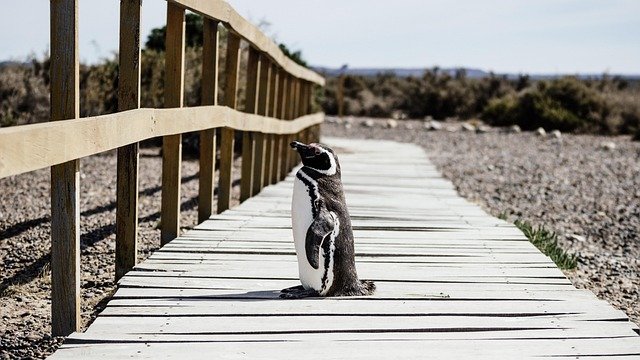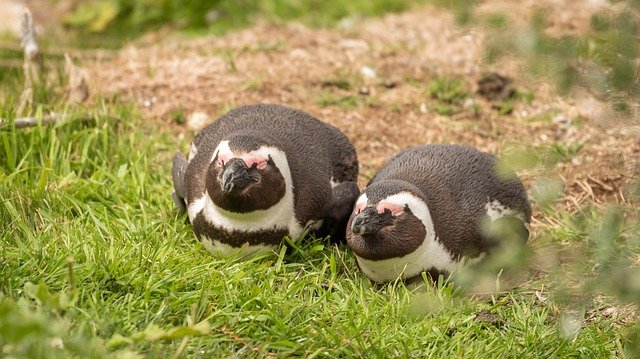**Title: "The Social Lives of Penguins: Unraveling the Complex Communities of the Antarctic

The Social Lives of Penguins: Unraveling the Complex Communities of the Antarctic
Penguins, often seen as the charming clowns of the animal kingdom, are not just adorable creatures waddling across icy landscapes. They are also fascinating social beings that exhibit complex social structures and behaviors. In this post, we will explore the intricate social lives of these remarkable birds, shedding light on their communities in the harsh environments of Antarctica.
The Basics of Penguin Social Structure
Penguins are highly social animals, often found in large colonies that can number in the thousands. These colonies provide numerous benefits, including:
- Protection from Predators: By living in large groups, penguins can better defend themselves against predators such as seals and birds of prey.
- Thermoregulation: In the frigid Antarctic climate, huddling together helps penguins conserve heat and stay warm.
- Social Learning: Young penguins learn essential survival skills from observing the behaviors of older, more experienced members of the colony.
Types of Social Interactions
1. Communication
Penguins have a rich repertoire of vocalizations and body language. They use different calls to communicate various messages, such as alerting others to danger, attracting mates, or calling for their chicks. The distinct vocalizations play a crucial role in maintaining social bonds, especially in crowded colonies where visual cues may be limited.
2. Pair Bonding and Parenting
Many penguin species form monogamous pairs during the breeding season. These bonds can last for several seasons, with both parents taking turns incubating eggs and feeding their chicks. The shared responsibilities foster cooperation and strengthen their social ties.
3. Hierarchy and Dominance
Within penguin colonies, social hierarchies often emerge. Dominance displays can be observed during mating rituals and resource competition. Higher-ranking individuals may have better access to food and mates, which can influence their reproductive success.
The Role of Play
Interestingly, play is an essential aspect of penguin social life. Young penguins engage in playful behaviors, such as sliding on ice or chasing each other. This play is not only fun but also serves as a way to develop social skills and physical coordination, preparing them for adult life.
Challenges to Social Structures
Despite their robust social systems, penguins face numerous challenges due to climate change and human activities. Melting ice and shifting food sources can disrupt their colonies, leading to increased competition and stress. Conservation efforts are crucial to ensure the survival of these unique communities.
Conclusion
The social lives of penguins are a testament to the complexity of animal behavior in extreme environments. Their intricate communities demonstrate the importance of social bonds and cooperation for survival in one of the planet's most challenging habitats. As we continue to study and protect these remarkable birds, we gain deeper insights into the social dynamics that shape their lives in the Antarctic.
Whether you're a seasoned researcher or simply a penguin enthusiast, understanding the social lives of these incredible creatures can enrich our appreciation for the natural world. Let's continue to advocate for their preservation and celebrate the vibrant communities that thrive in the icy realms of Antarctica!

Upvoted! Thank you for supporting witness @jswit.